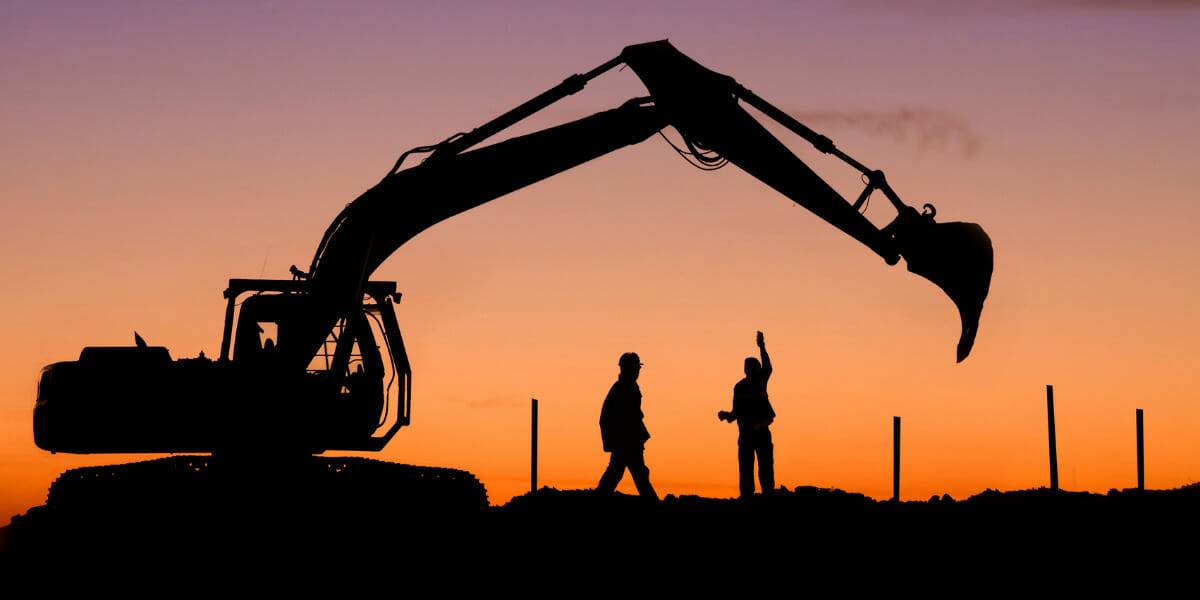Construction workers make critical contributions to society and do so with a number of recognized hazards on the job. They often face hazardous situations that may lead to life-threatening or life-long consequences. Therefore, the construction industry is one of the most dangerous industries in the United States economy, with nearly one out of five workplace deaths in construction. Injuries may be temporary and minor to catastrophic, including permanent disability and death. Potential injuries include:
- Scarring and disfigurement — Construction accidents may cause long-term injuries, including scarring and disfigurement, causing pain and suffering for the victim.
- Back or neck injuries — While the number of reported back injuries has declined in recent decades, back and neck injuries remain one of the most common injuries in construction. Reasons for these types of injuries include falls, slips, trips, accidents while operating machinery, and heavy lifting.
- Spinal cord injuries — These injuries may be major, causing paralysis in a portion of the body or limbs. Spinal cord damage may occur after falls from buildings/structures, ladders, or between levels.
- Respiratory damage — The CDC stated that construction workers who operate heavy equipment such as excavators, bulldozers, cranes, and backhoes frequently generate large quantities of respirable crystalline silica (RCS) dust, which may cause long-term respiratory damage.
- Vision impairment and blindness — The most common causes for eye injuries are flying objects such as pieces of metal or glass, tools, particles, chemicals, harmful radiation, or any combination of those or other hazards.
- Hearing impairment and deafness — Three out of four construction workers are exposed to hazardous noise levels on the job site.[i] Noise levels are considered hazardous when they reach 85 decibels or higher.
- Traumatic Brain injury — Falls, especially from roofs, ladders, and scaffolds have led to over 50 percent of Traumatic Brain Injuries in recent years with Structural iron and steelworkers and roofers having the highest rate of TBI
- Long-term impairment and inability to earn wages — Disability after an injury, including loss of function of the senses or part of the body, can make it impossible for a worker to sustain their previous earning potential
- Death — Even with vast improvements to the safety standards in the construction industry, construction workers face danger on the job every day, including situations that may lead to death
Causes of construction injuries:
- Falls
- Being Caught in or Between Objects
- Struck-by objects or vehicles in work zones
- Electrocution
- Hazardous Materials
- Lifting
- Powered Industrial Truck Accidents
- Extreme weather conditions, including extreme heat or cold
If you have been injured in a construction accident, it is critical to follow the steps:
1. Seek emergency medical attention
2. Report the accident to your supervisor. Florida statutes require employees to report the accident to their employers within 30 days of when it occurred, and employers must report the accident within 7 days of receiving the notice. Workers’ compensation also requires claims to be submitted within 30 days of the date of the incident. Second, it is important to list all the details regarding the event, including where it occurred, how it happened, and when it happened.
This will give you the best possible chance to file a workers’ compensation claim along with ensuring you have recorded details that may be critical in a personal injury claim or product liability case. OSHA should be notified of any injury at the workplace, for example, along with insurance companies. If your employer will not report the incident to the respective insurance company then the employee may do so.
3. Gather evidence. If possible, preserve any evidence regarding the event. Evidence may include security footage, photographs, witnesses, and communication such as emails. Preserve objects related to the incident, if possible. Identify employees who were at the incident and even those who are uninjured may become part of the claims process as witnesses to the event. If you file a legal claim and it goes to court, witnesses may have a crucial role in helping the jury or judge understand the facts and evidence of your case.
4. Seek Legal Advice/Assistance Even if you believe your injury may be covered under the workers’ compensation system, check with an attorney about your injury and legal options. Construction sites often involve multiple collaborators, including property owners, general contractors, sub-contractors, prime contractors, architects, engineers, and product manufacturers.
Sometimes one or more of these parties may be liable for your injury if there is gross negligence involved. Keep in mind that the statutes of limitations will also affect your case. You have up to four years to file a lawsuit after a construction incident occurs.
Workers’ compensation protects the rights of employees and at the same time, protects employers from liability. Therefore, settling your workers’ compensation claim will have legal ramifications, often including you giving up your right to seek further compensation even if your medical condition requires additional treatment than at the time of the workers’ compensation settlement. Therefore, it is best to seek legal advice from an experienced construction accident attorney prior to settling your workers’ compensation agreement after an accident.

